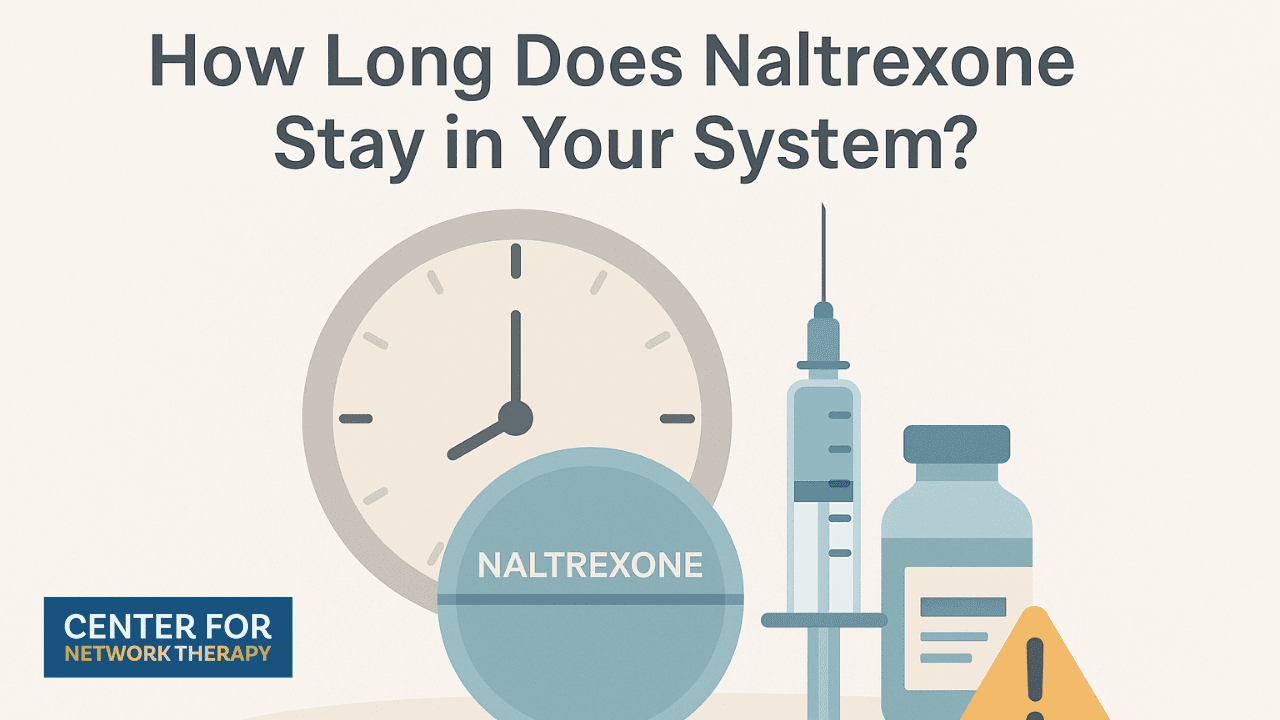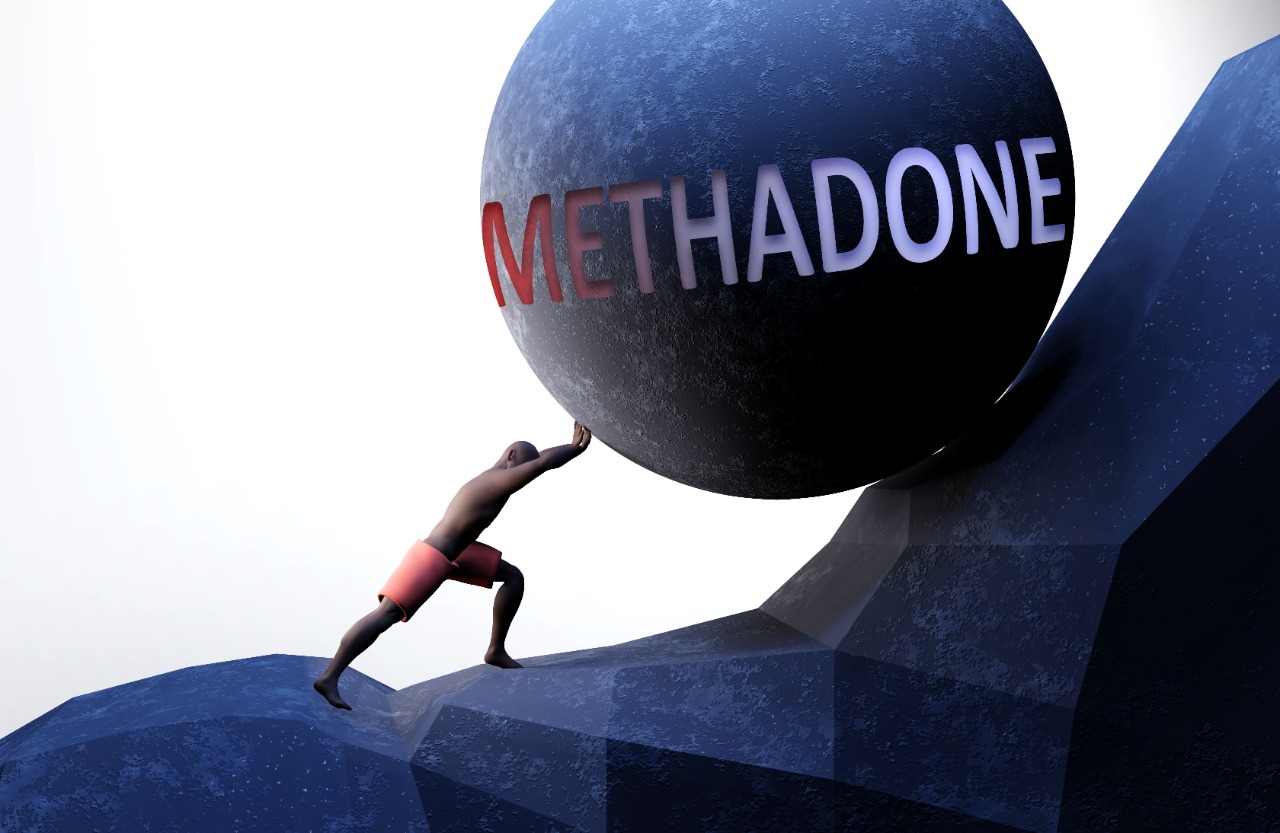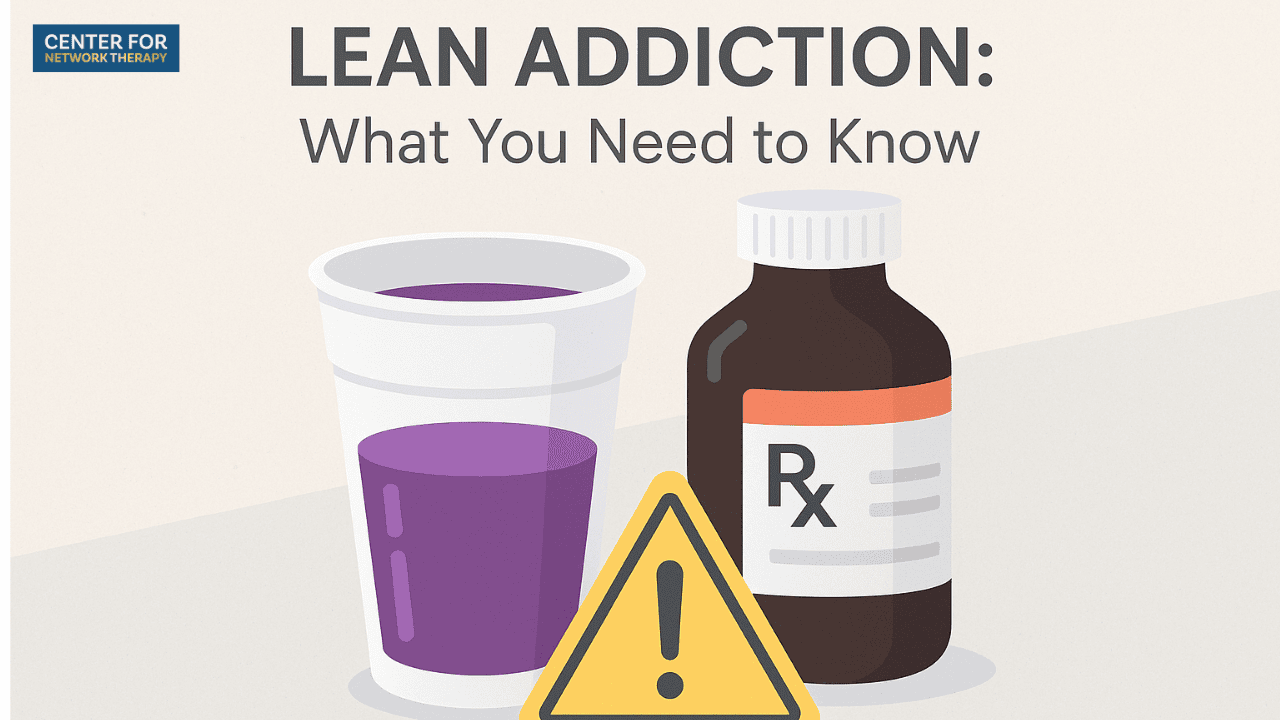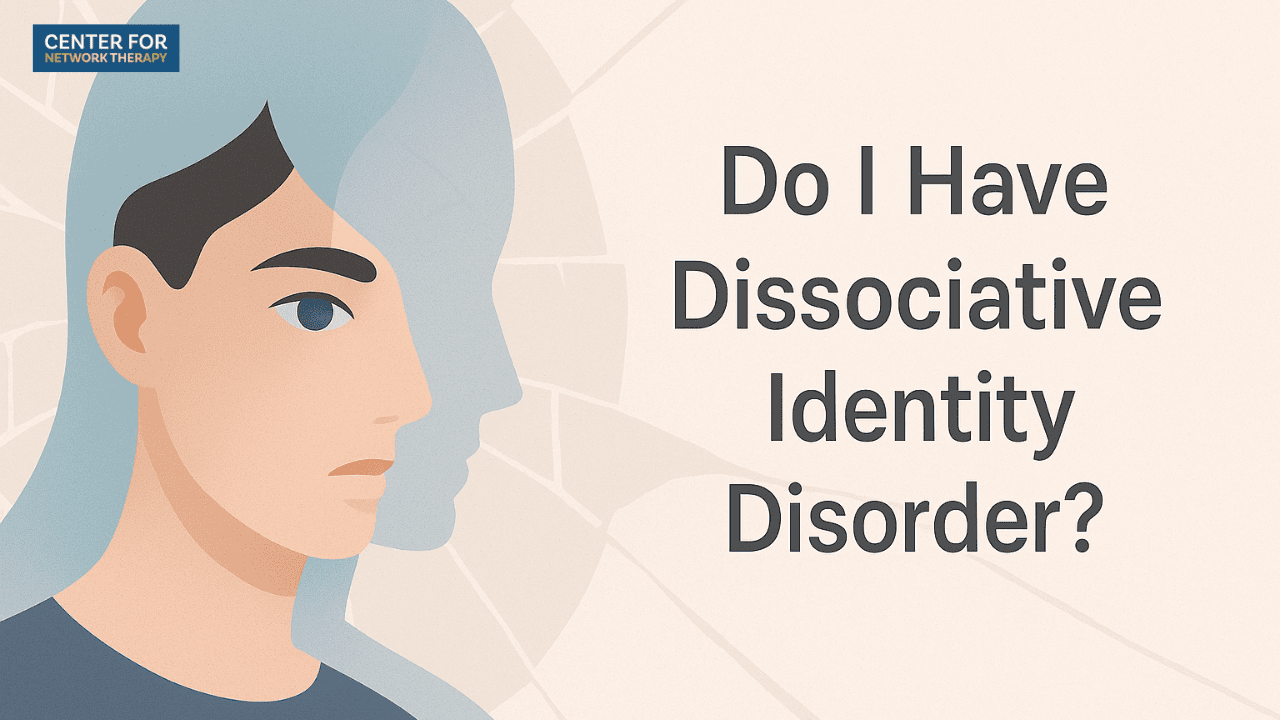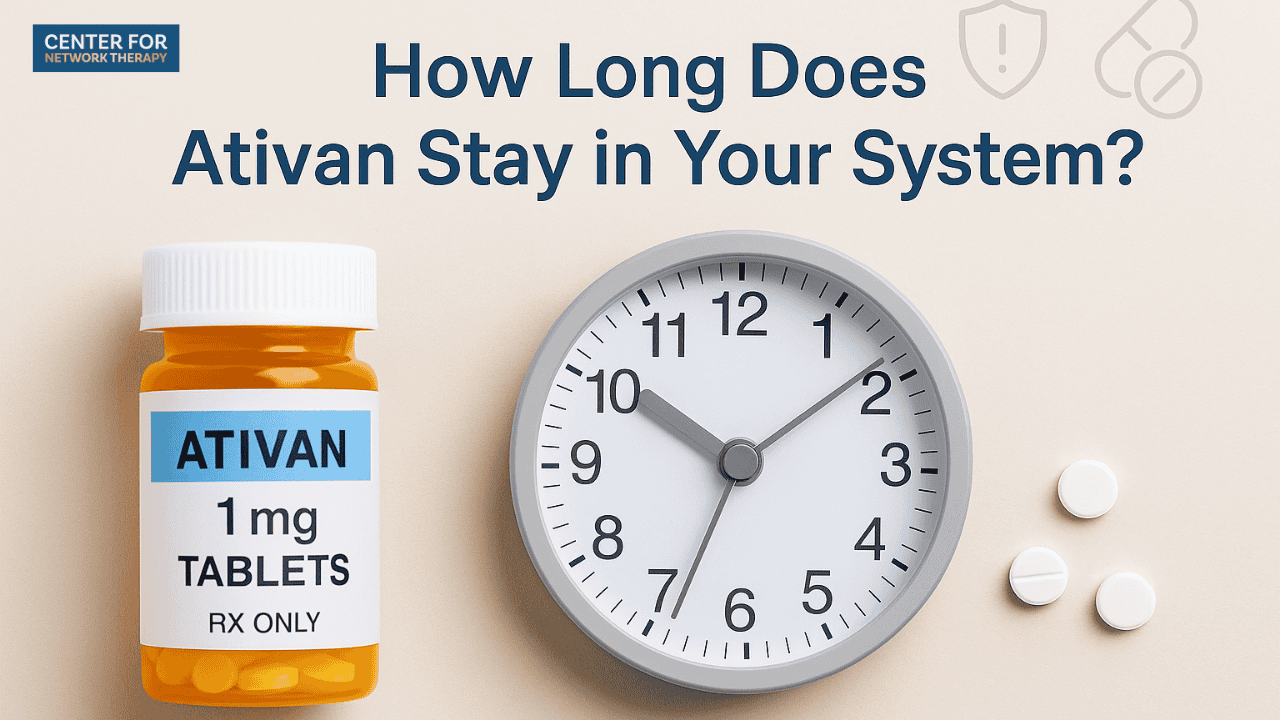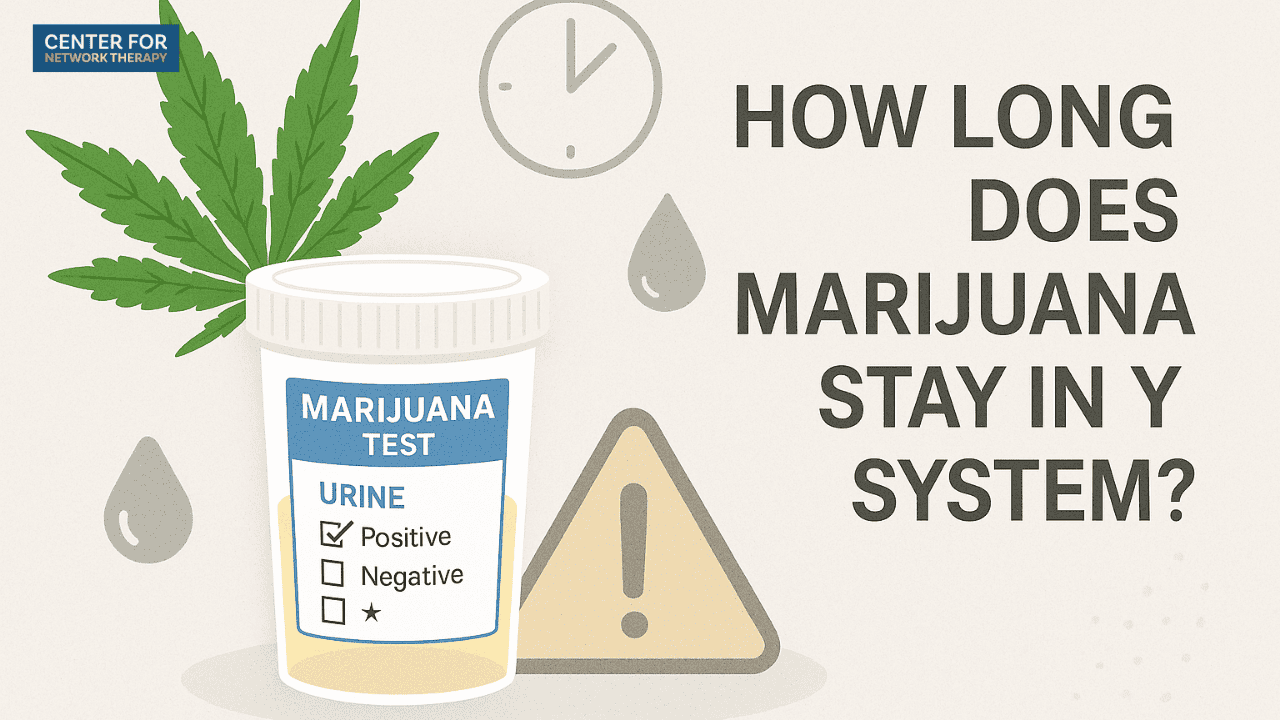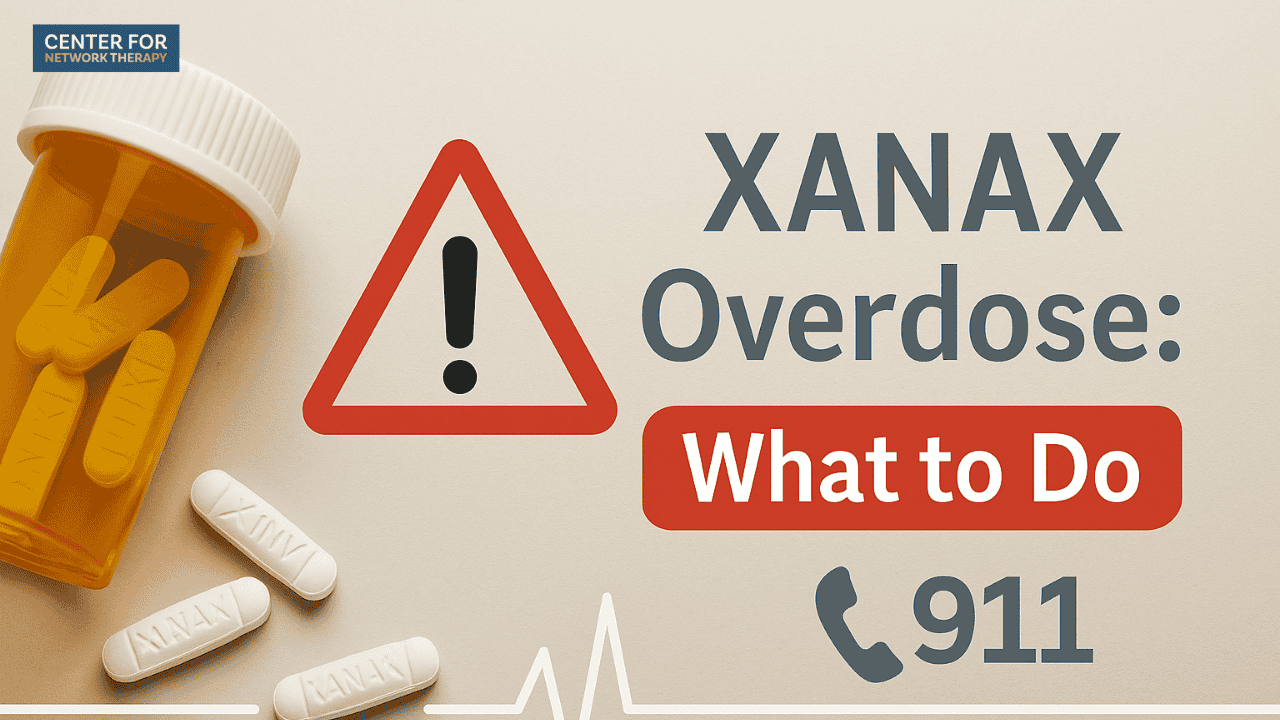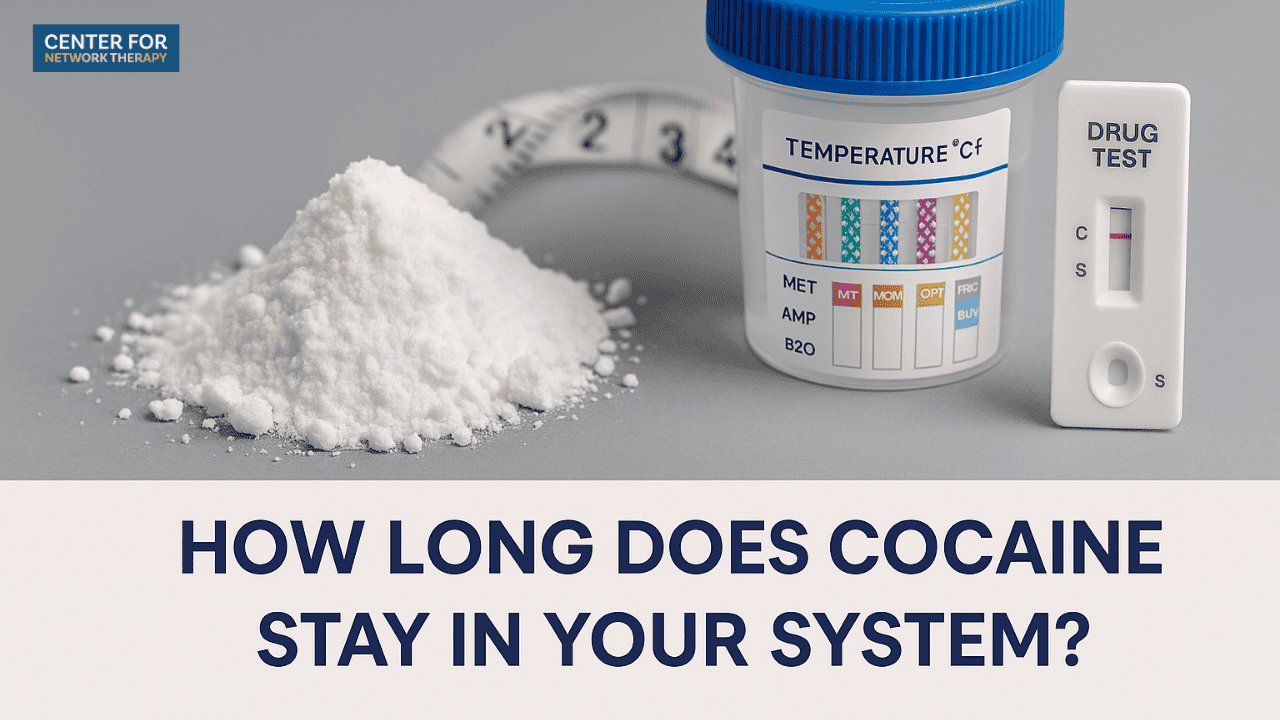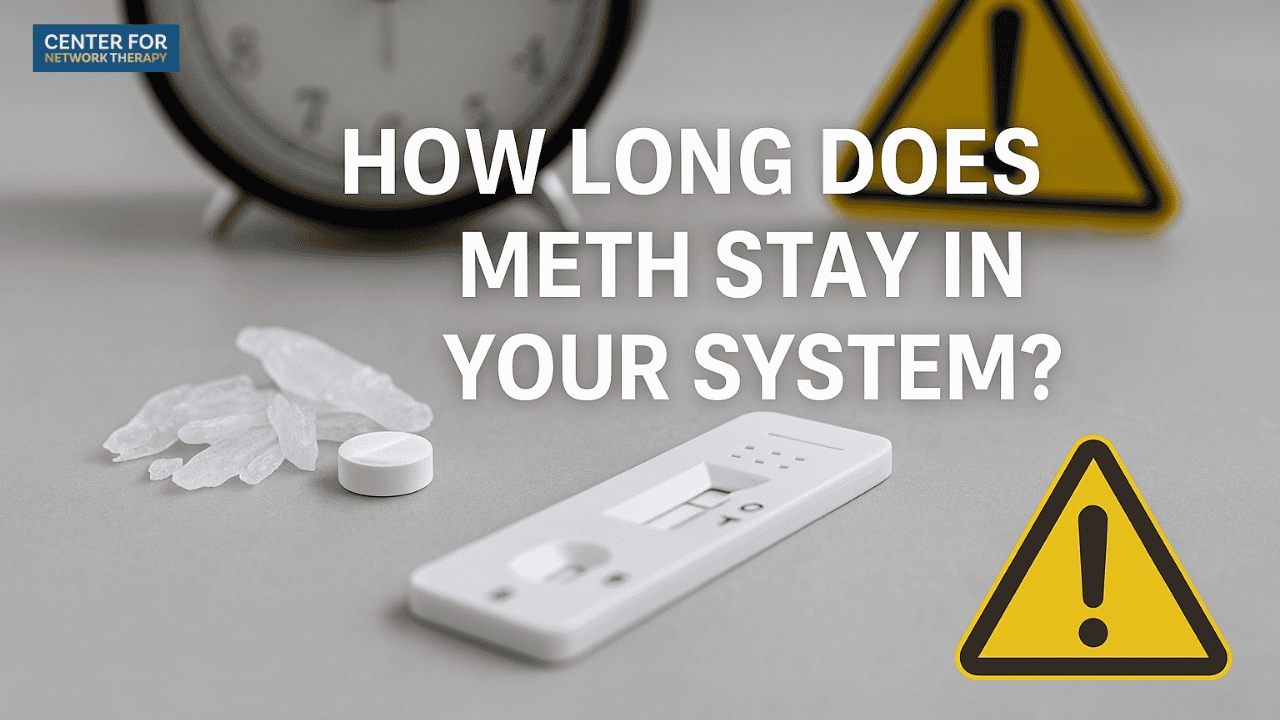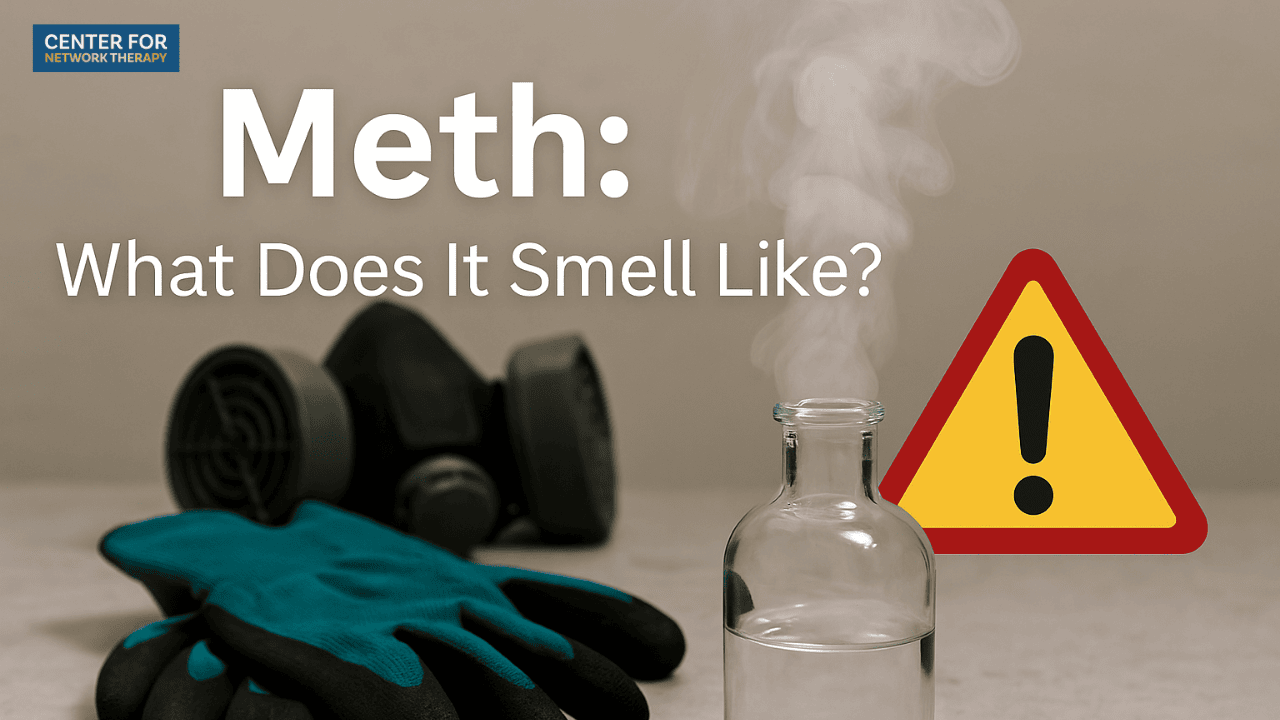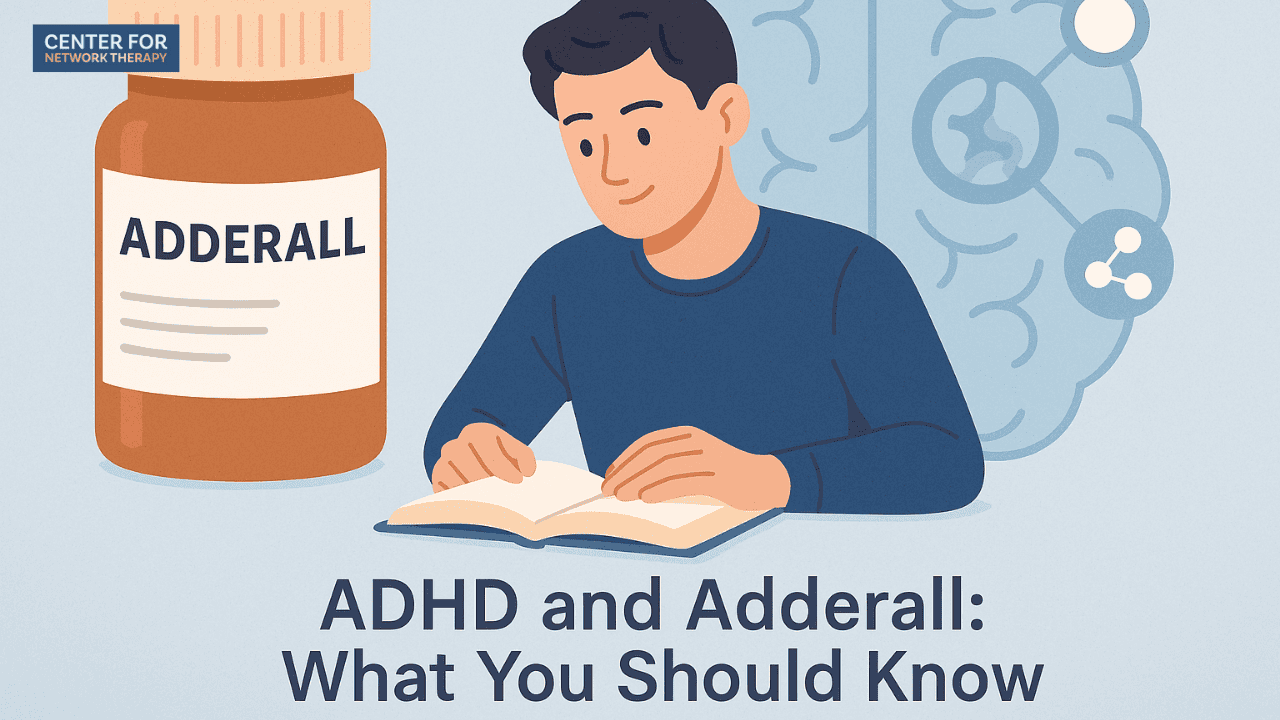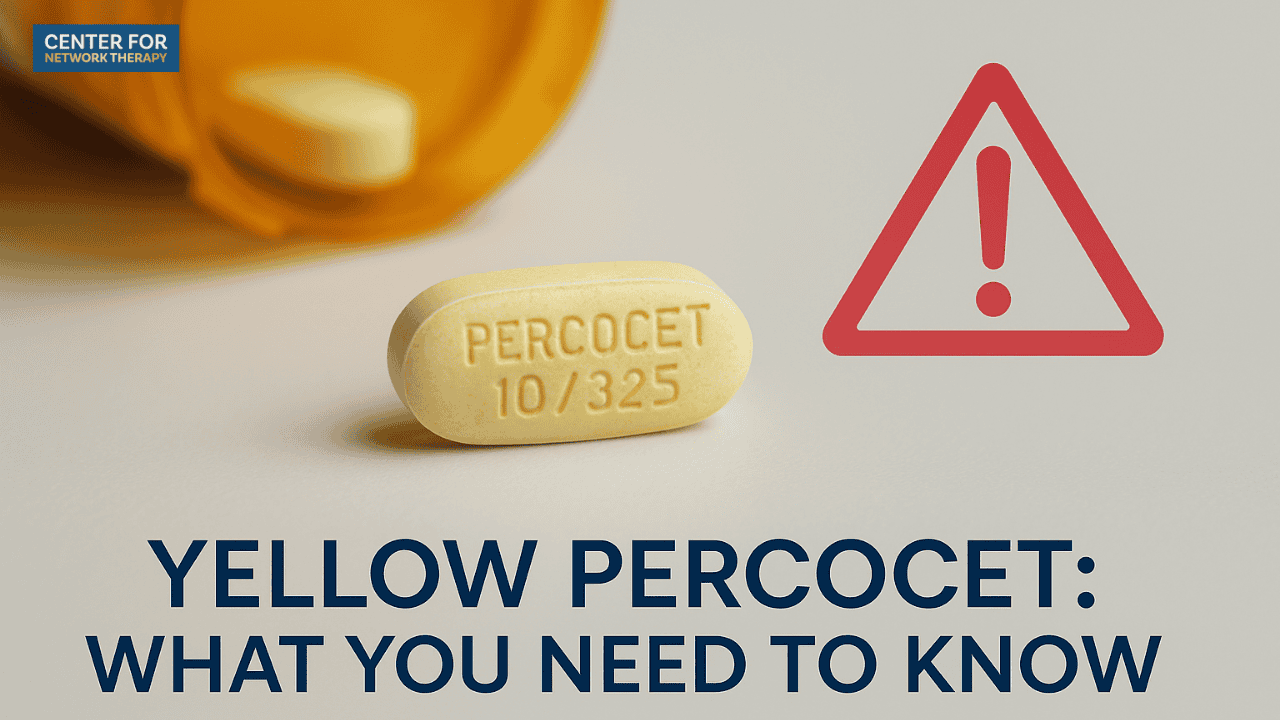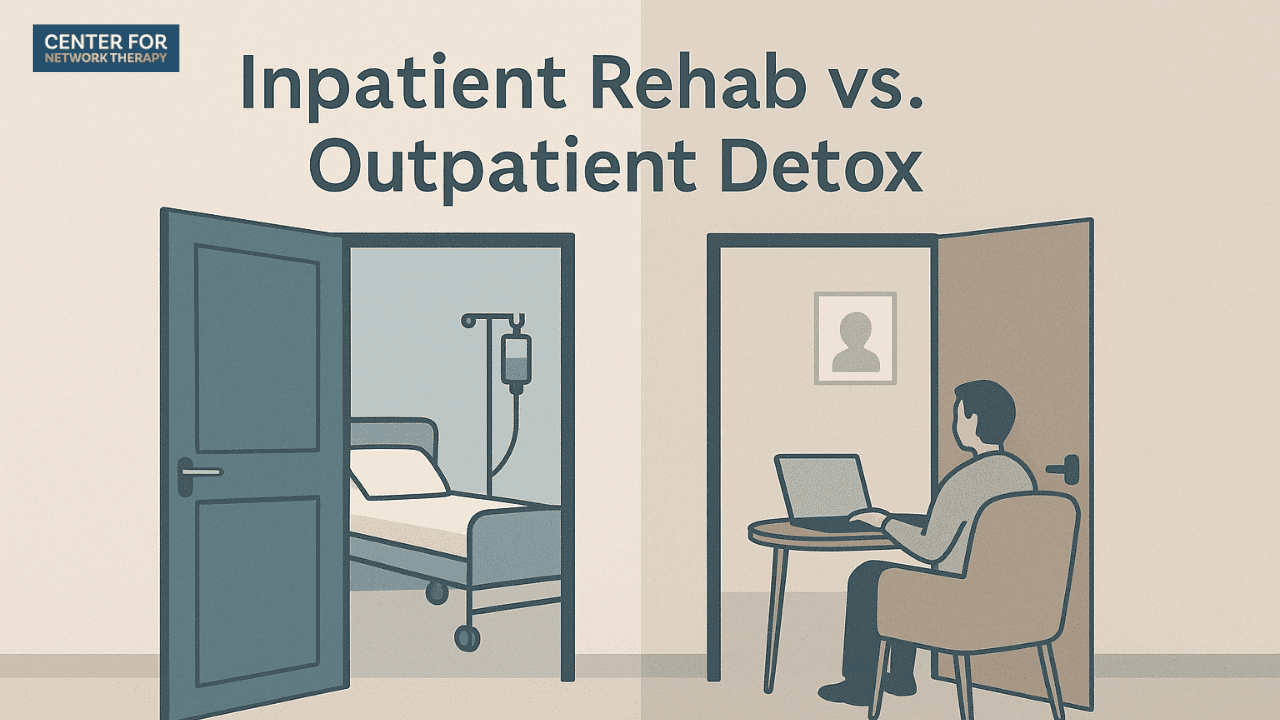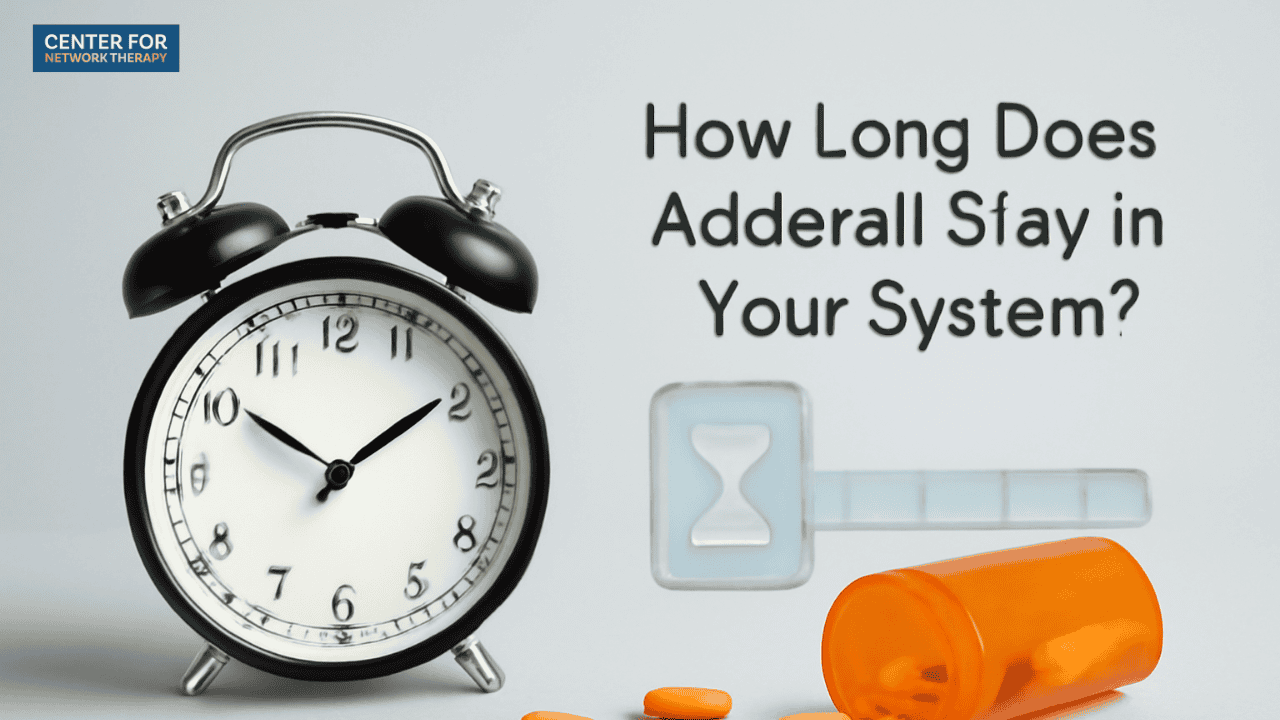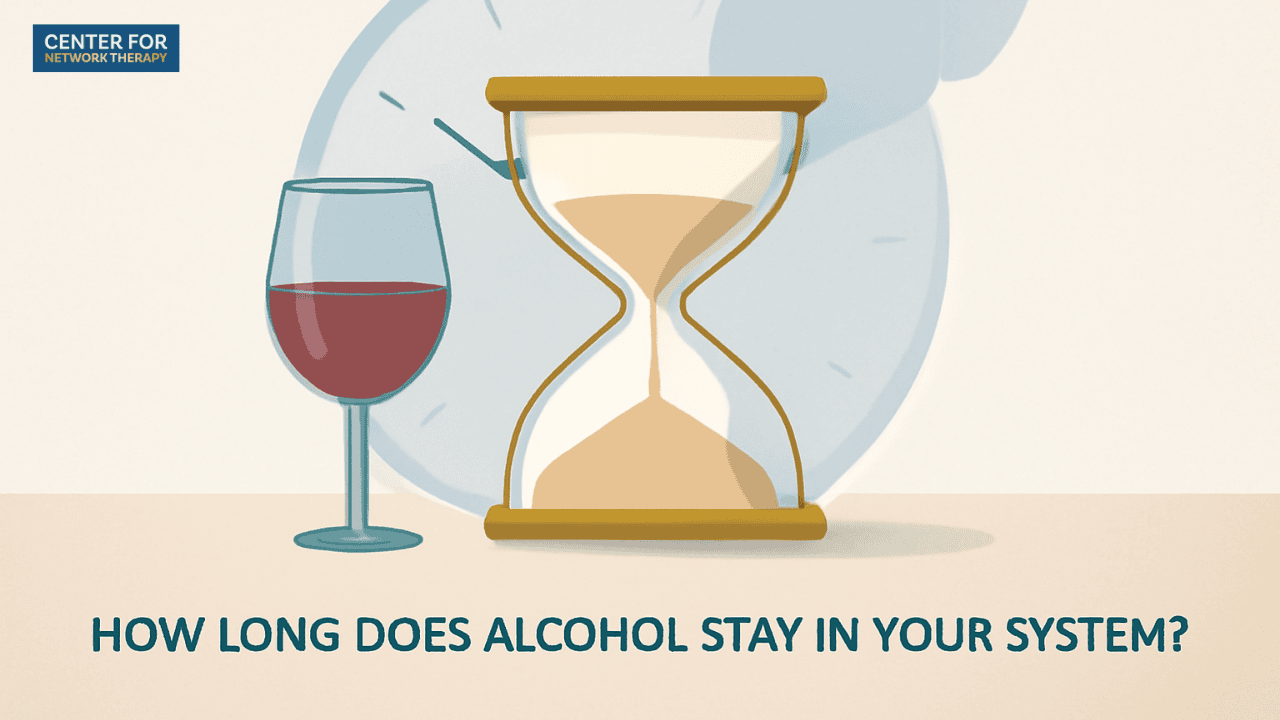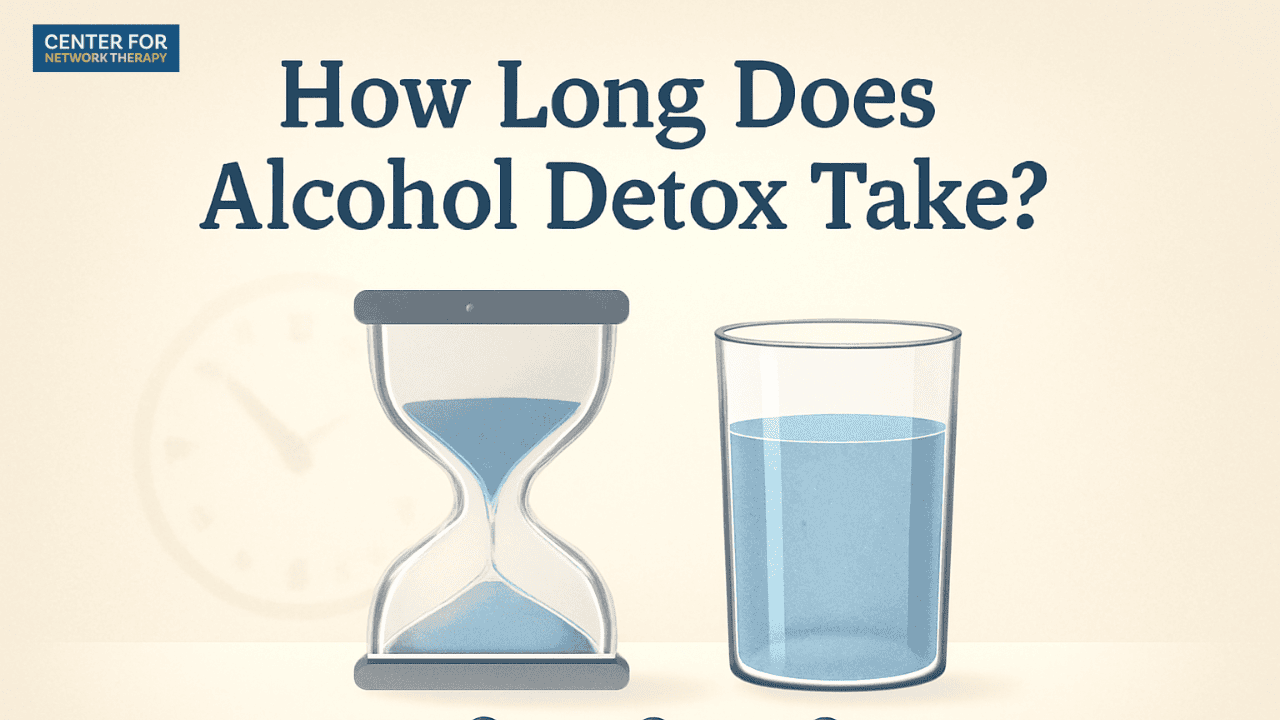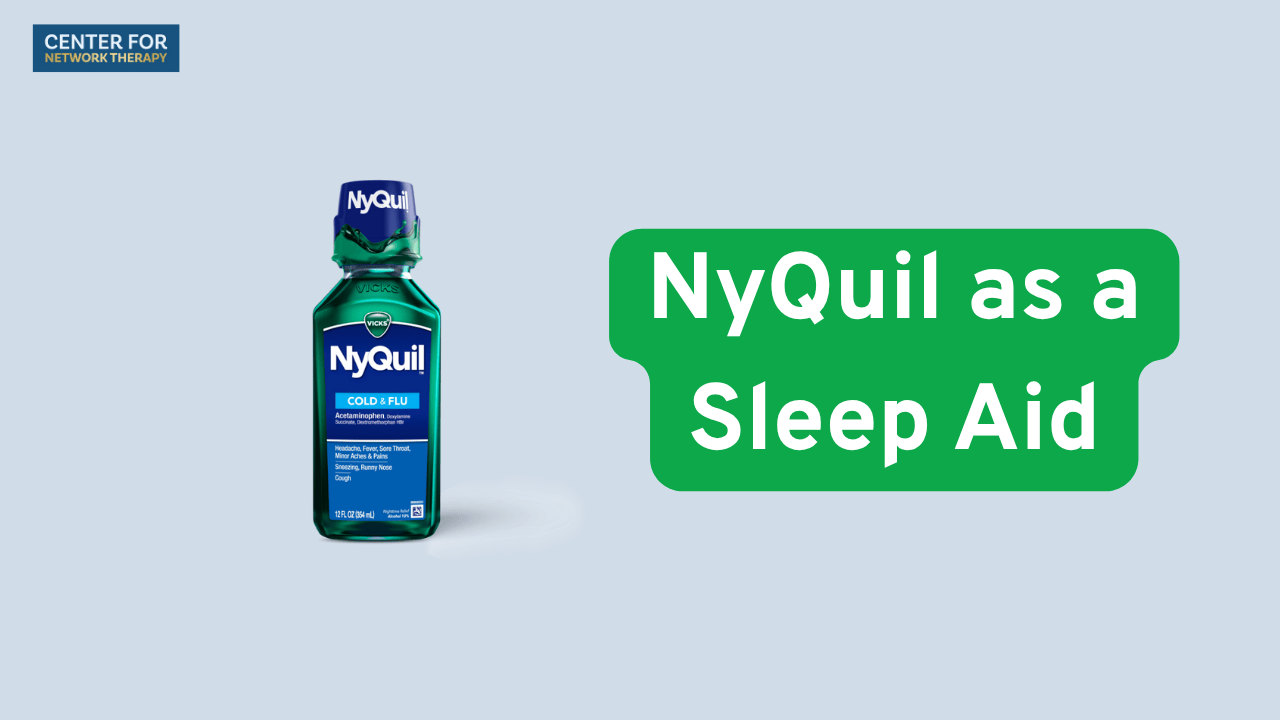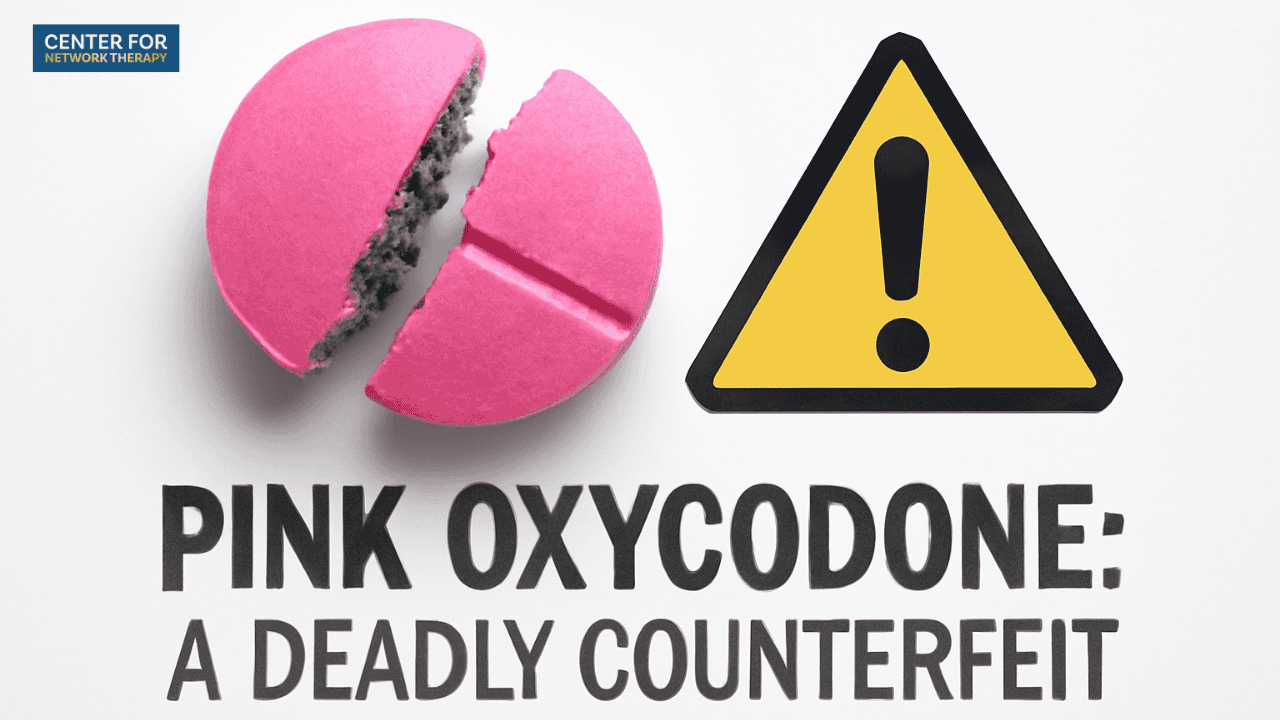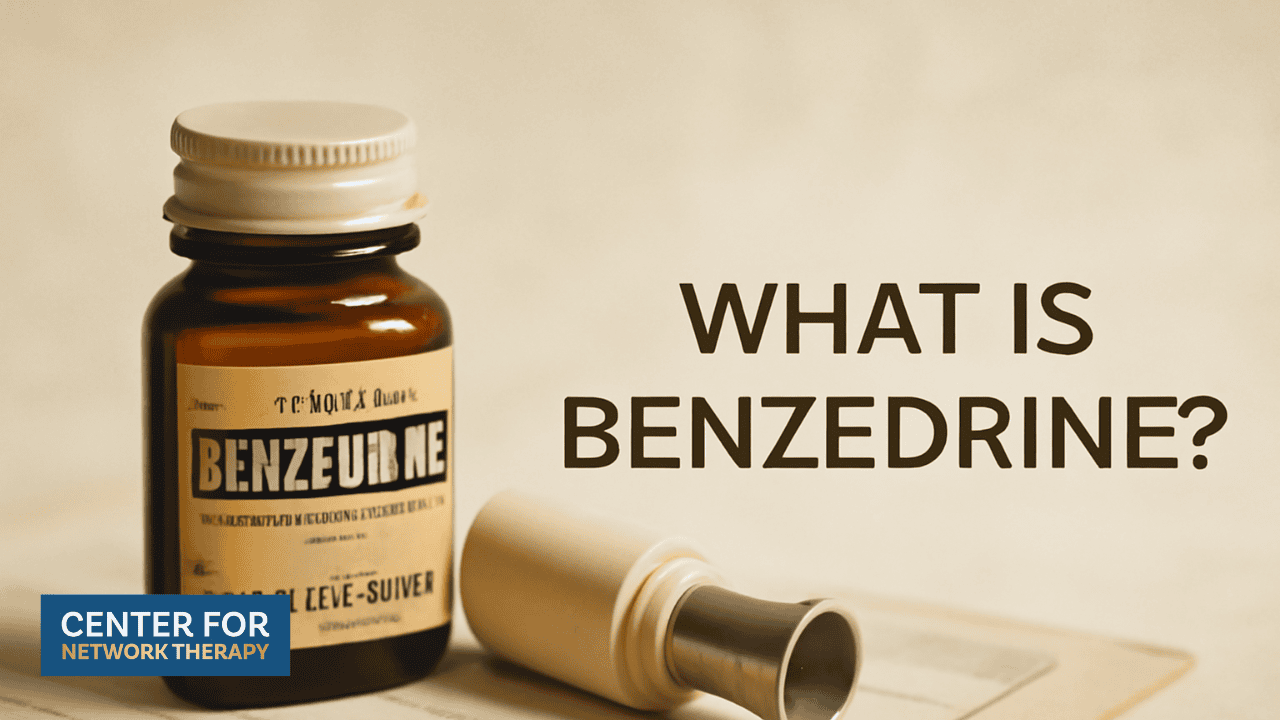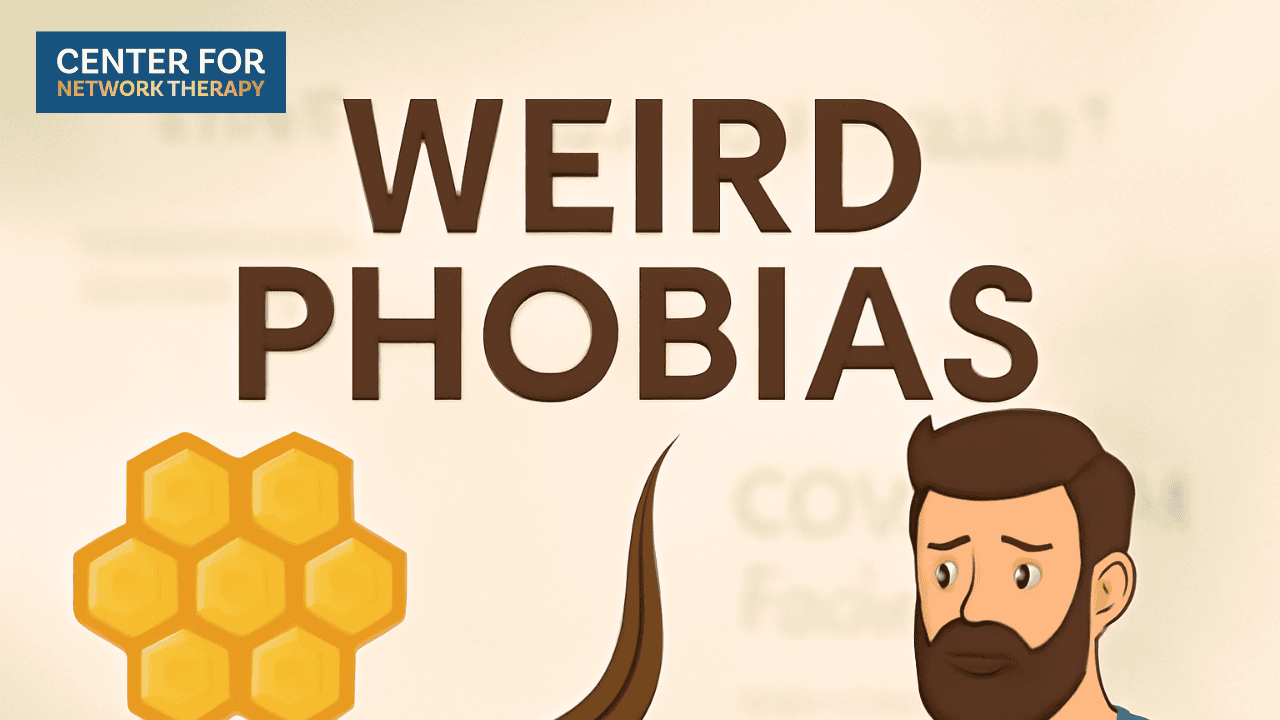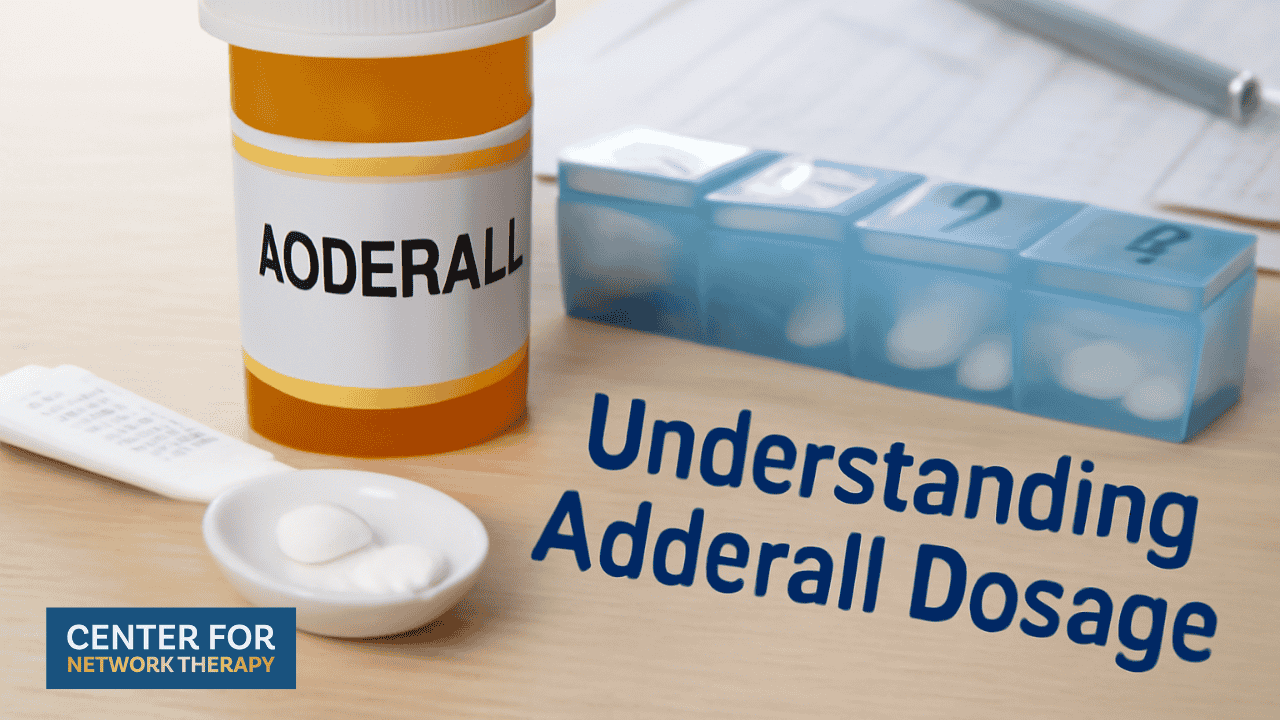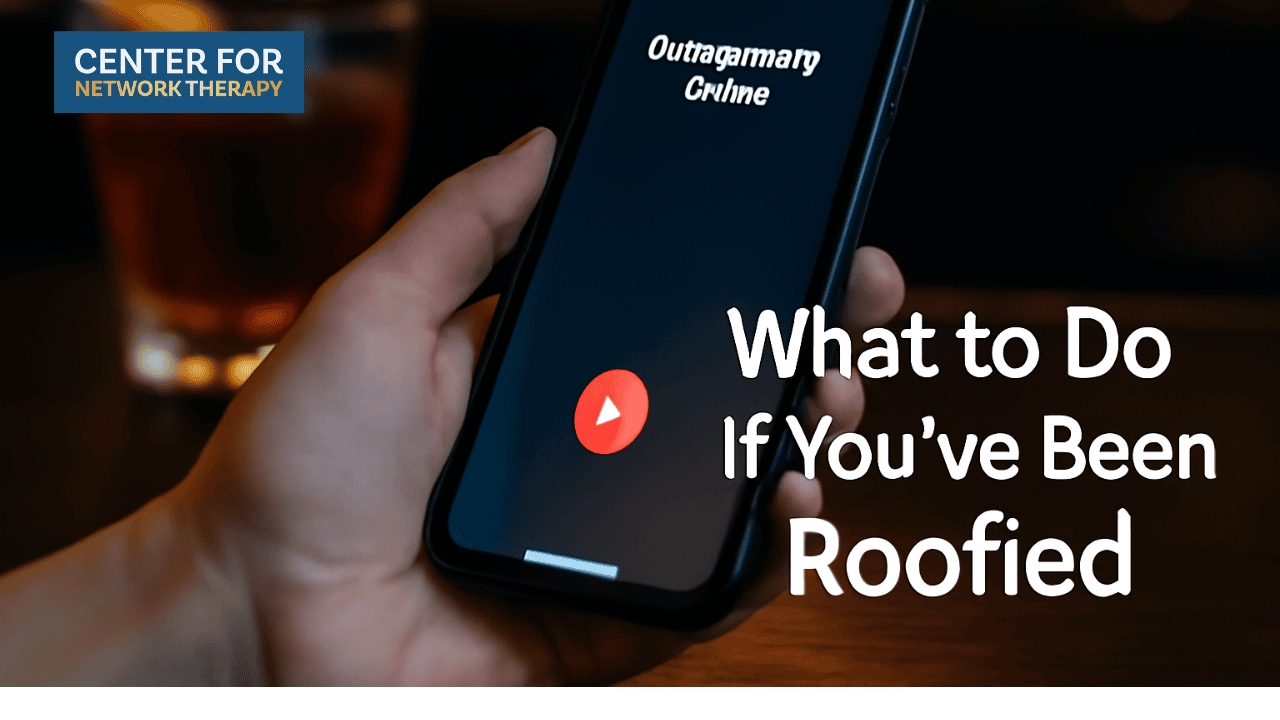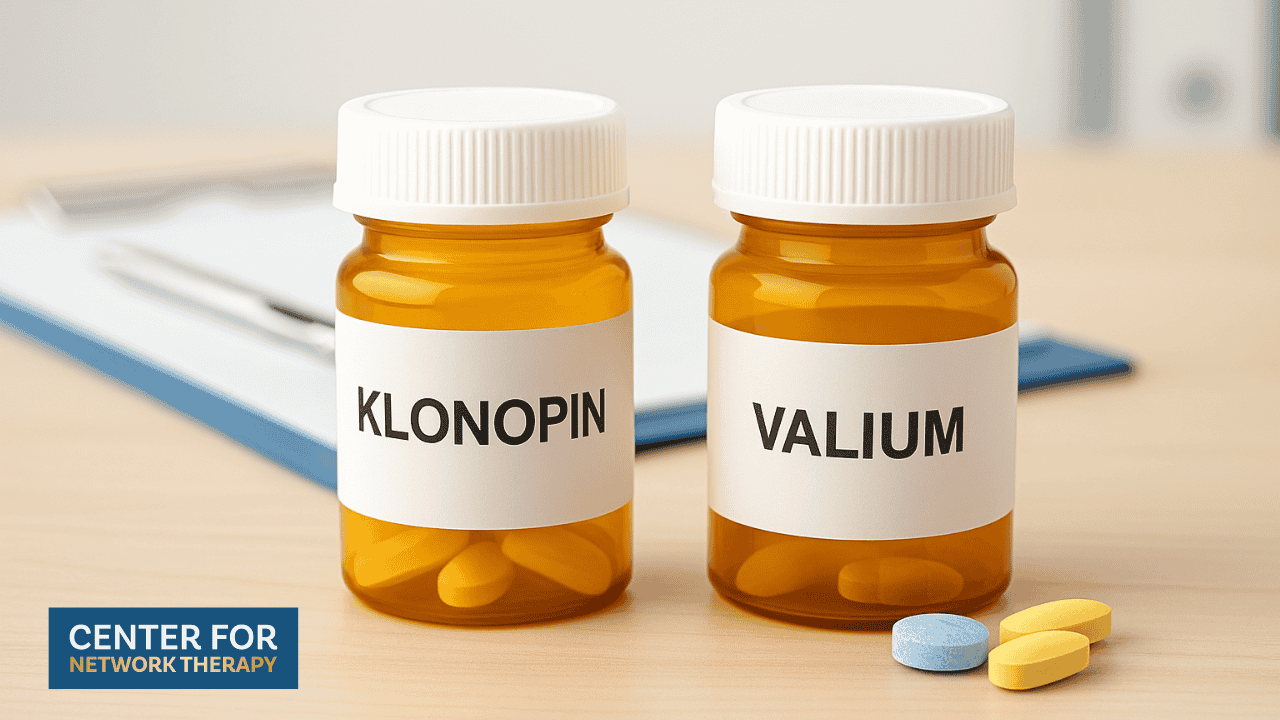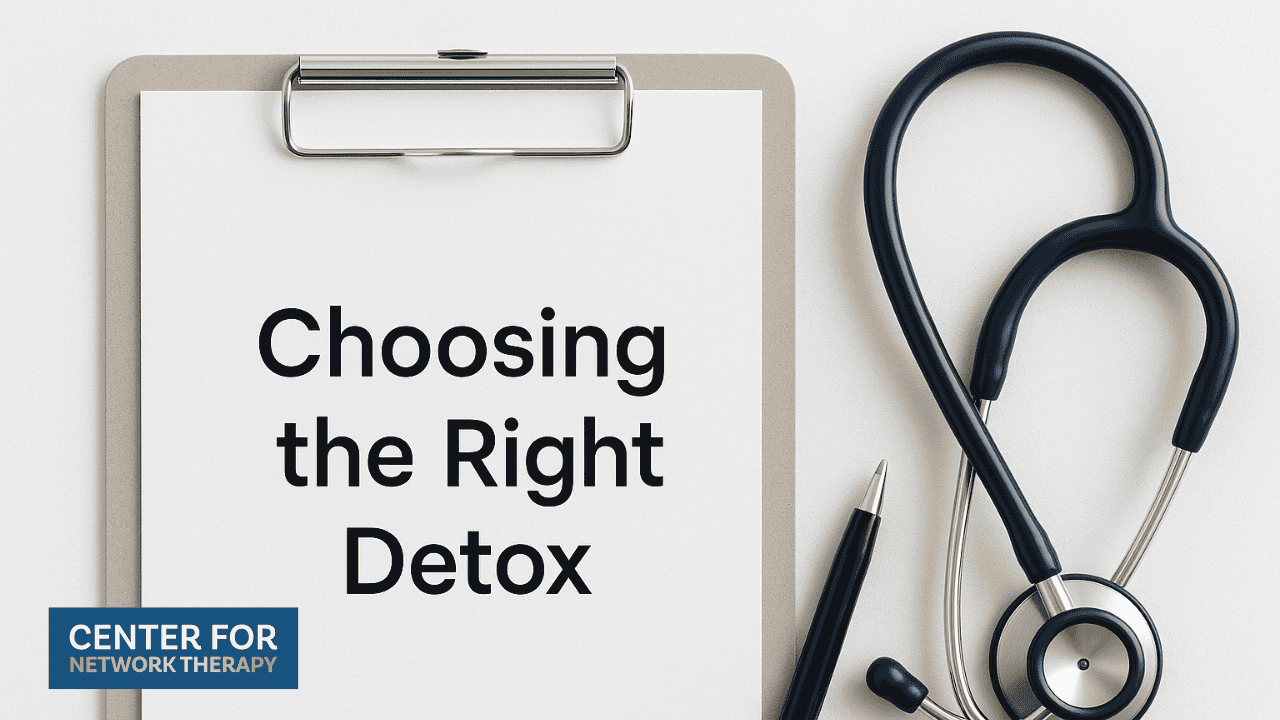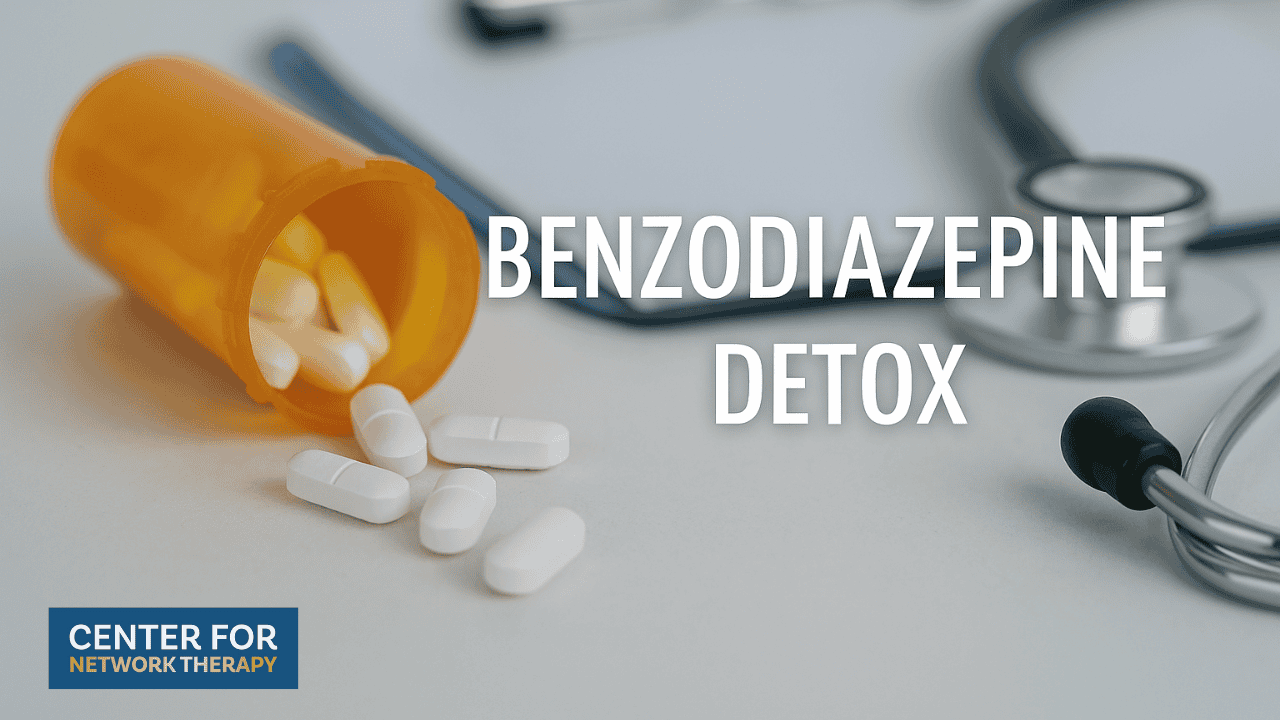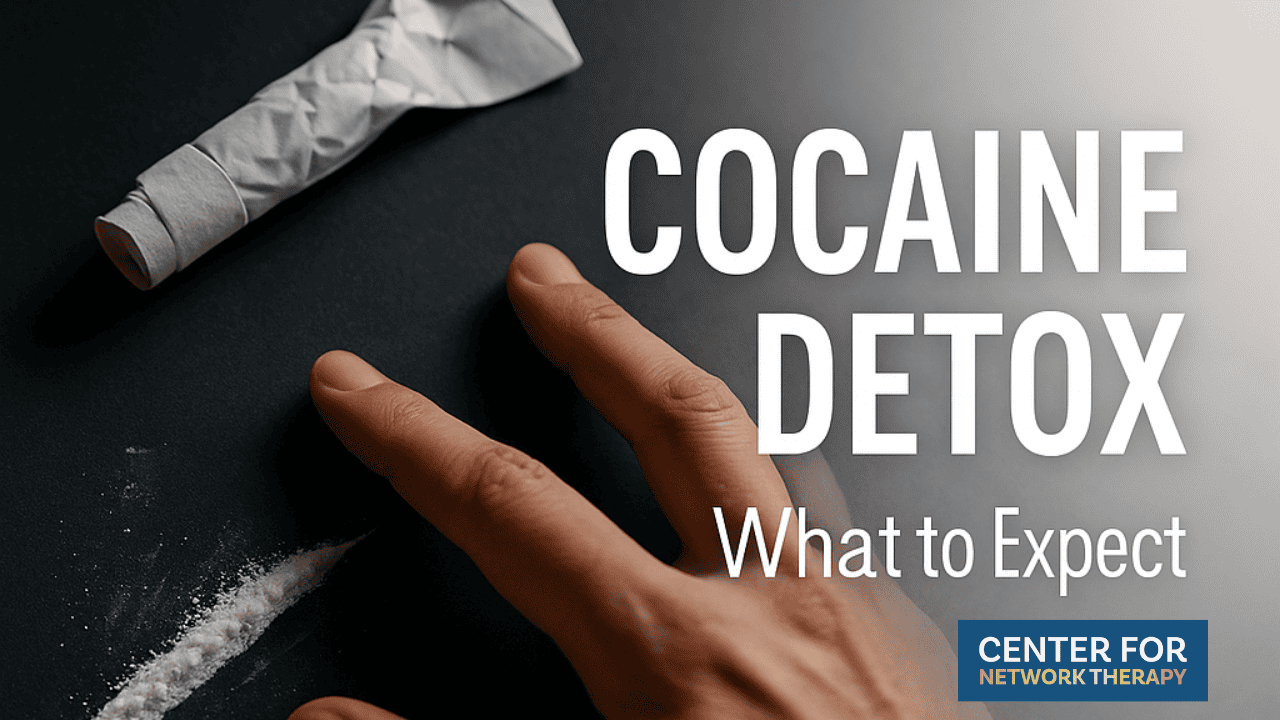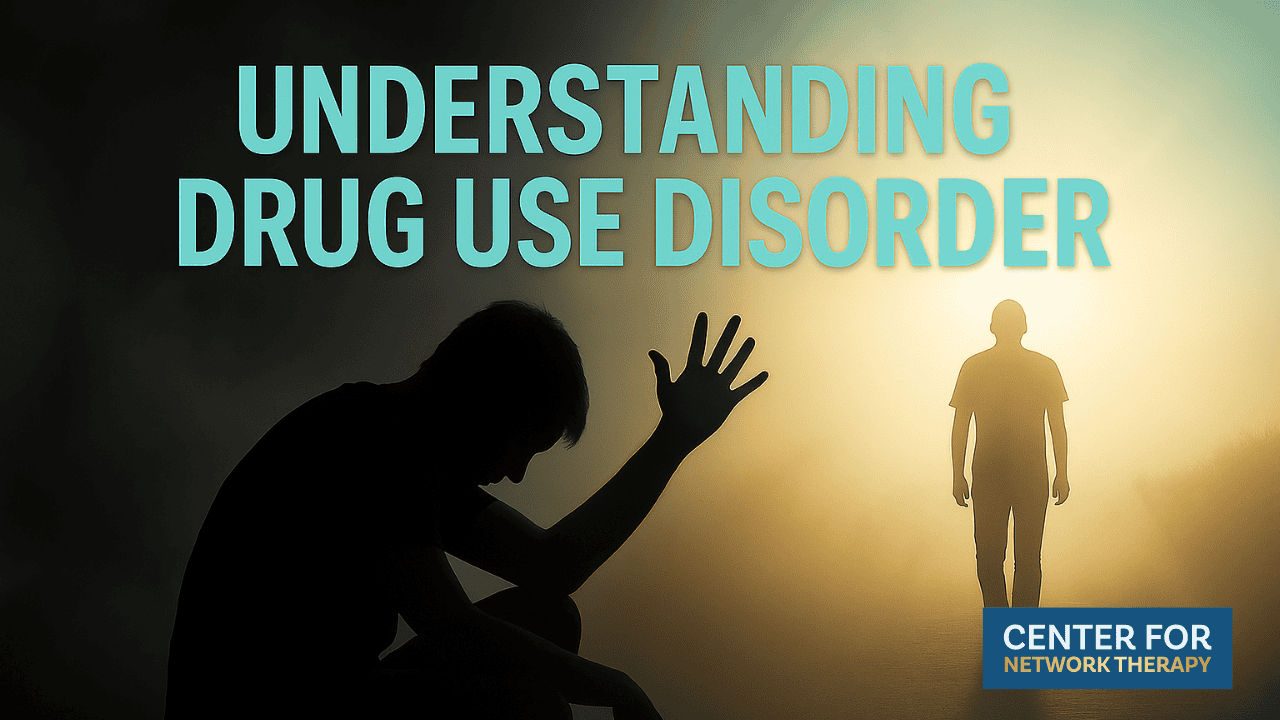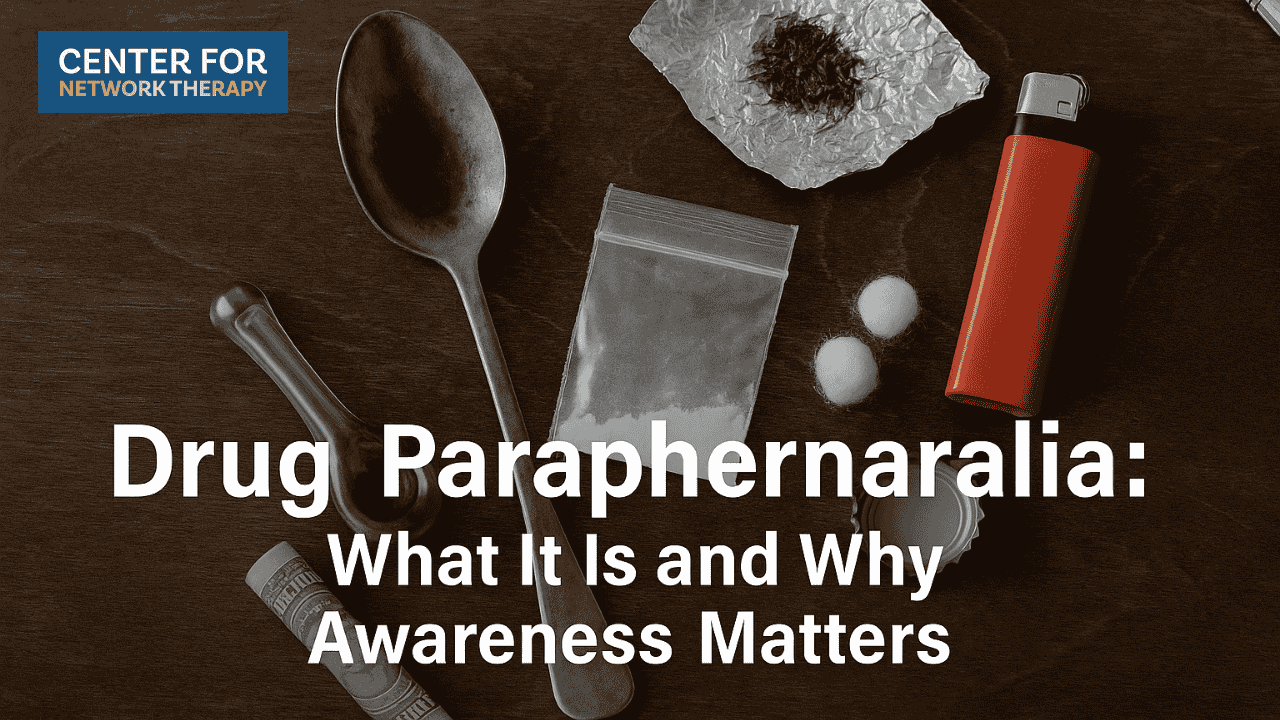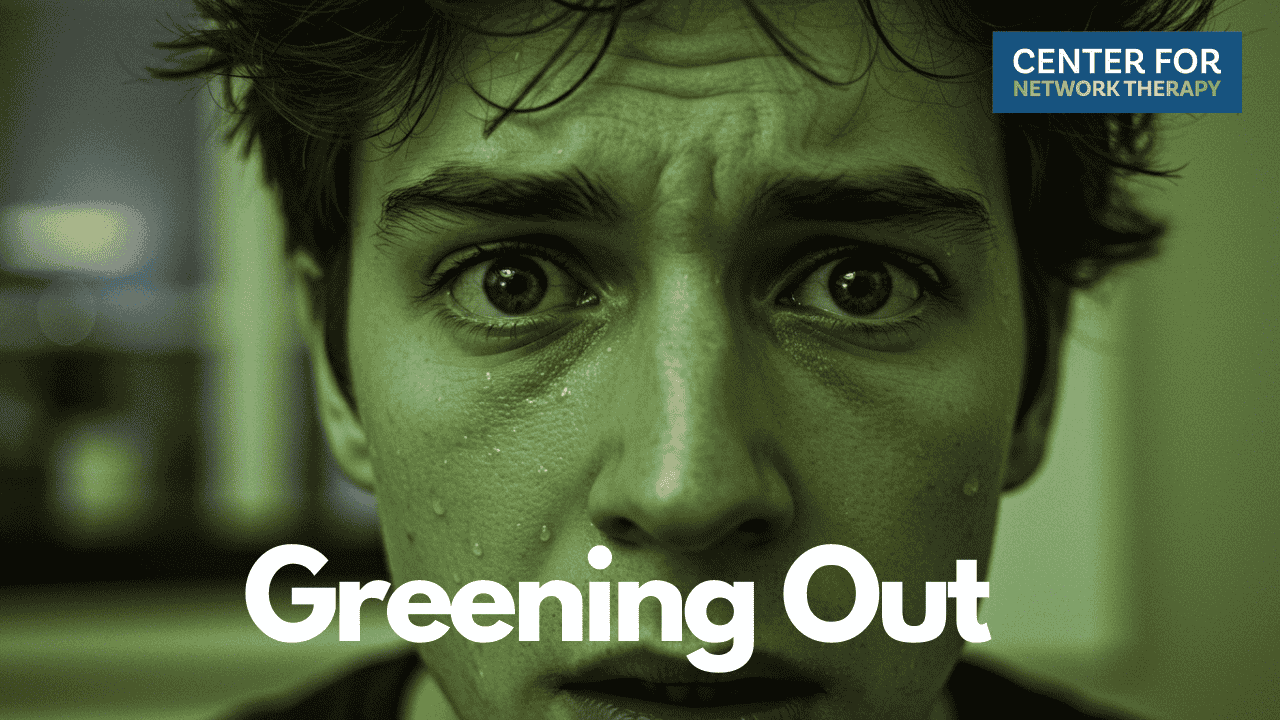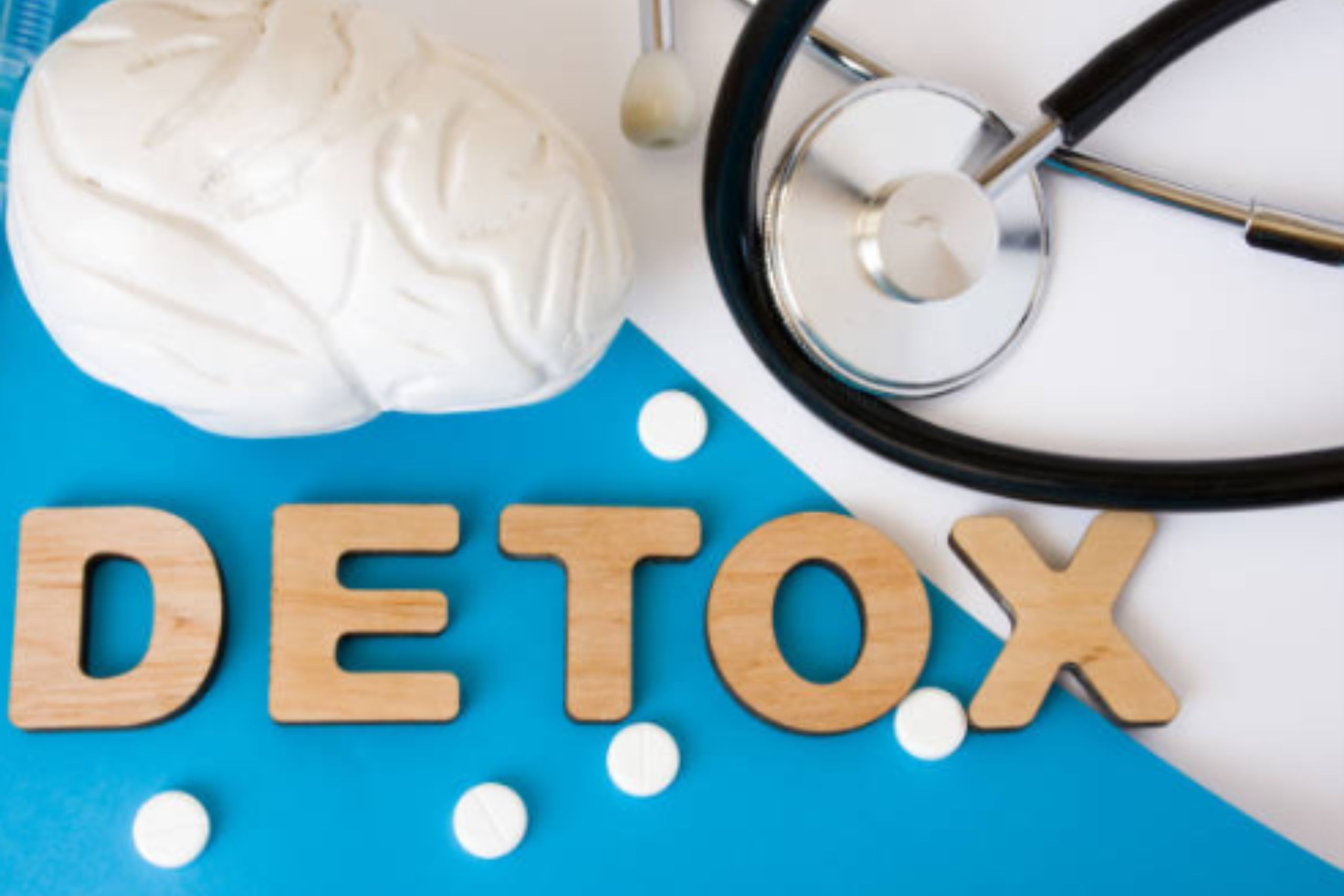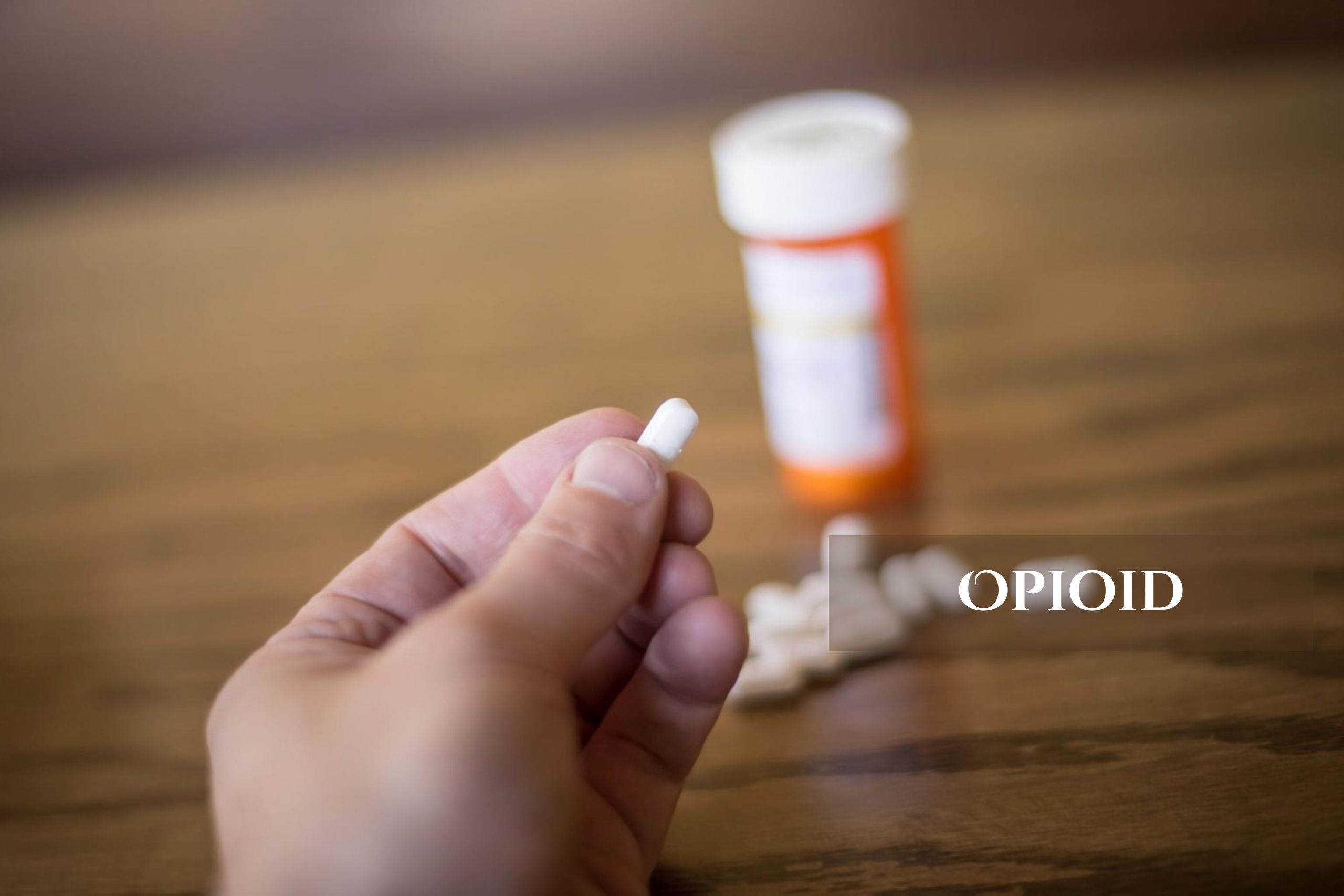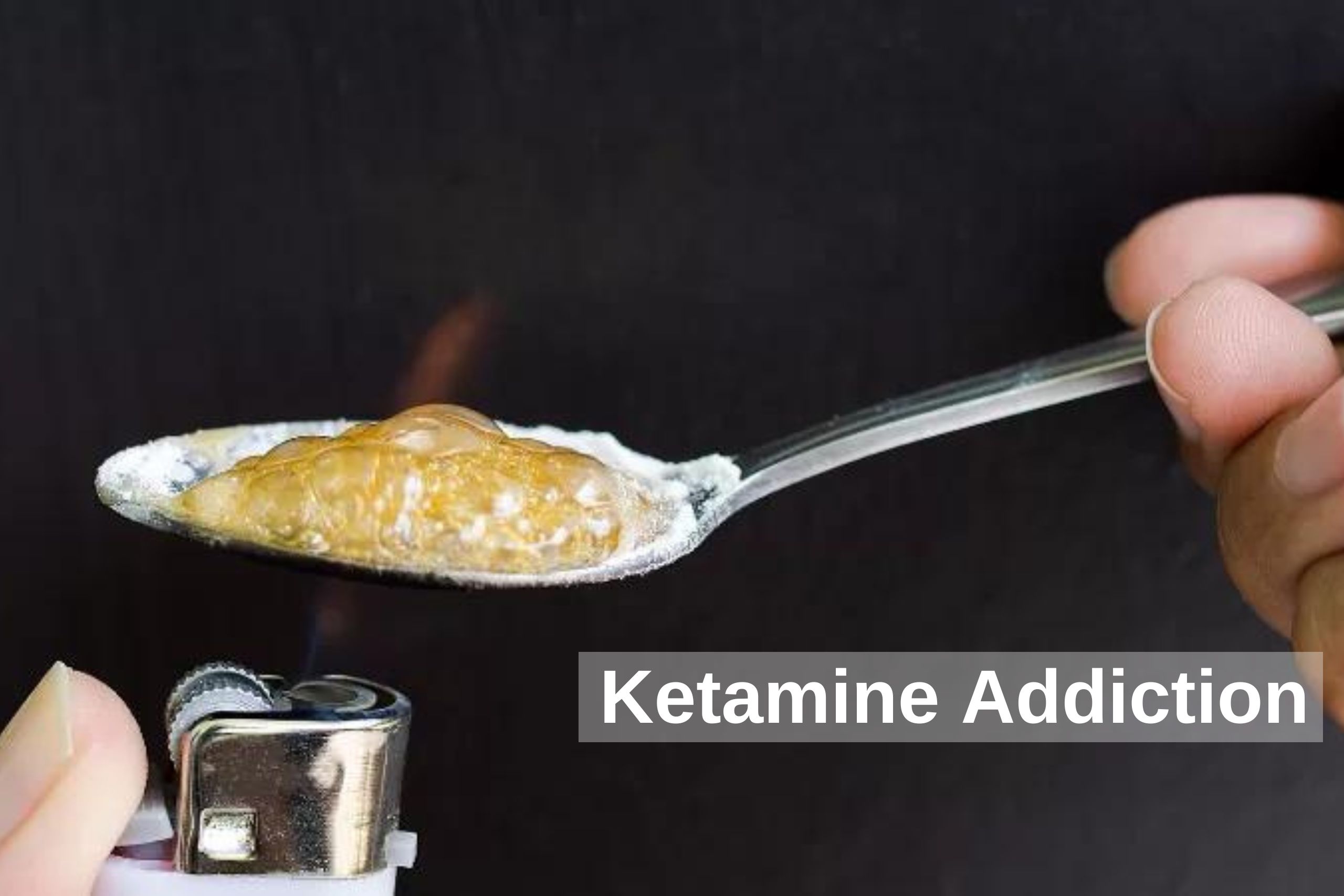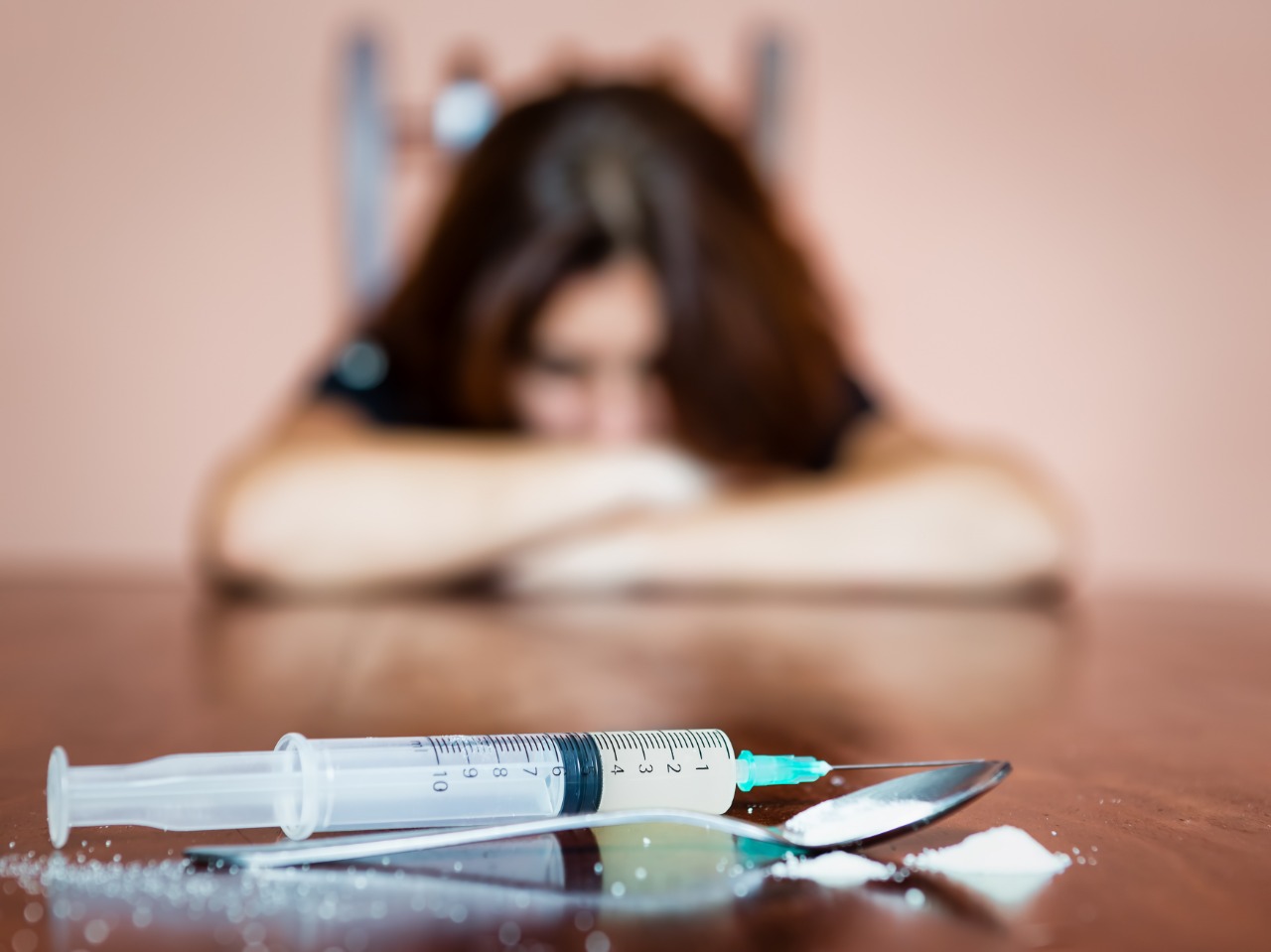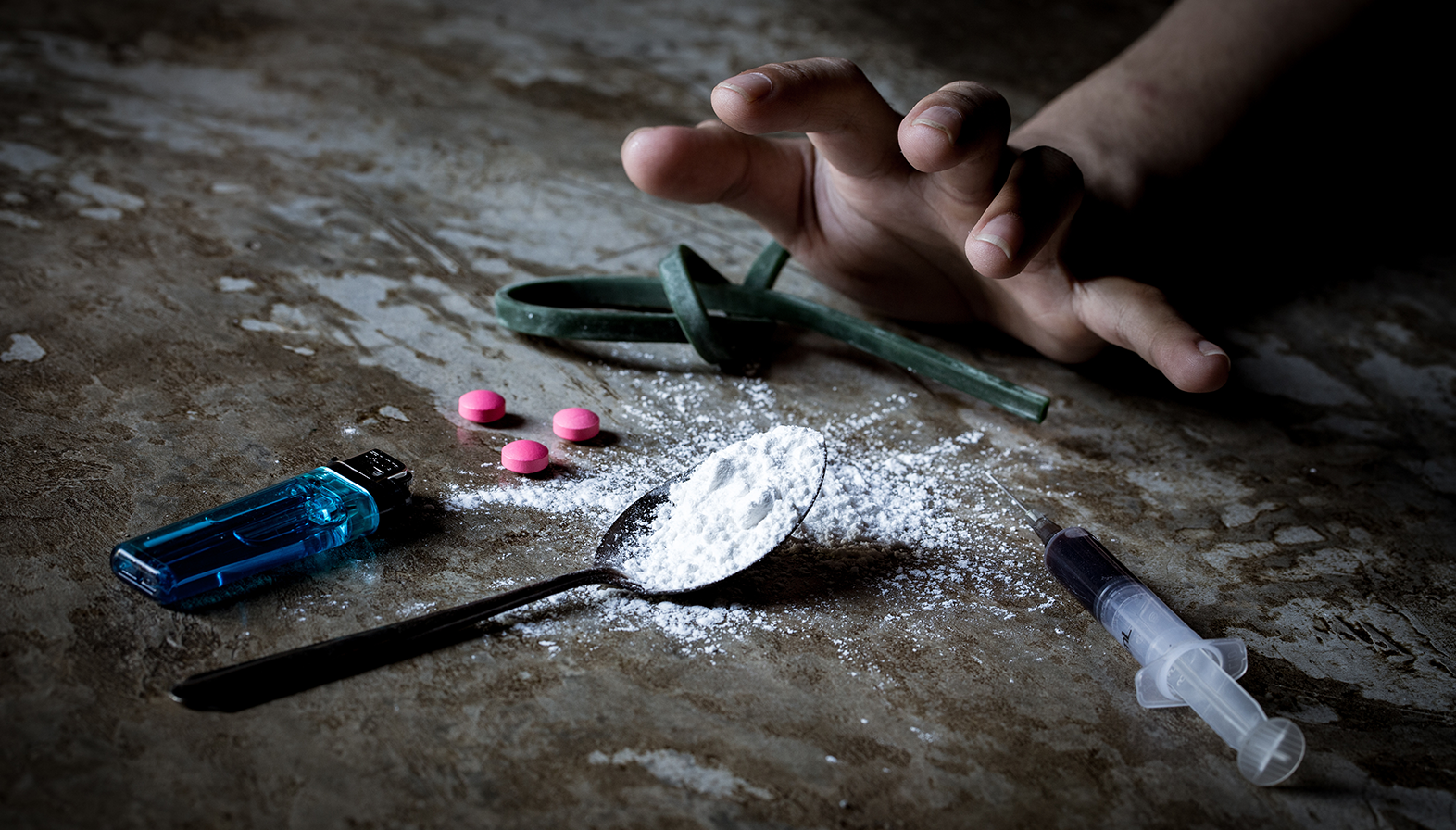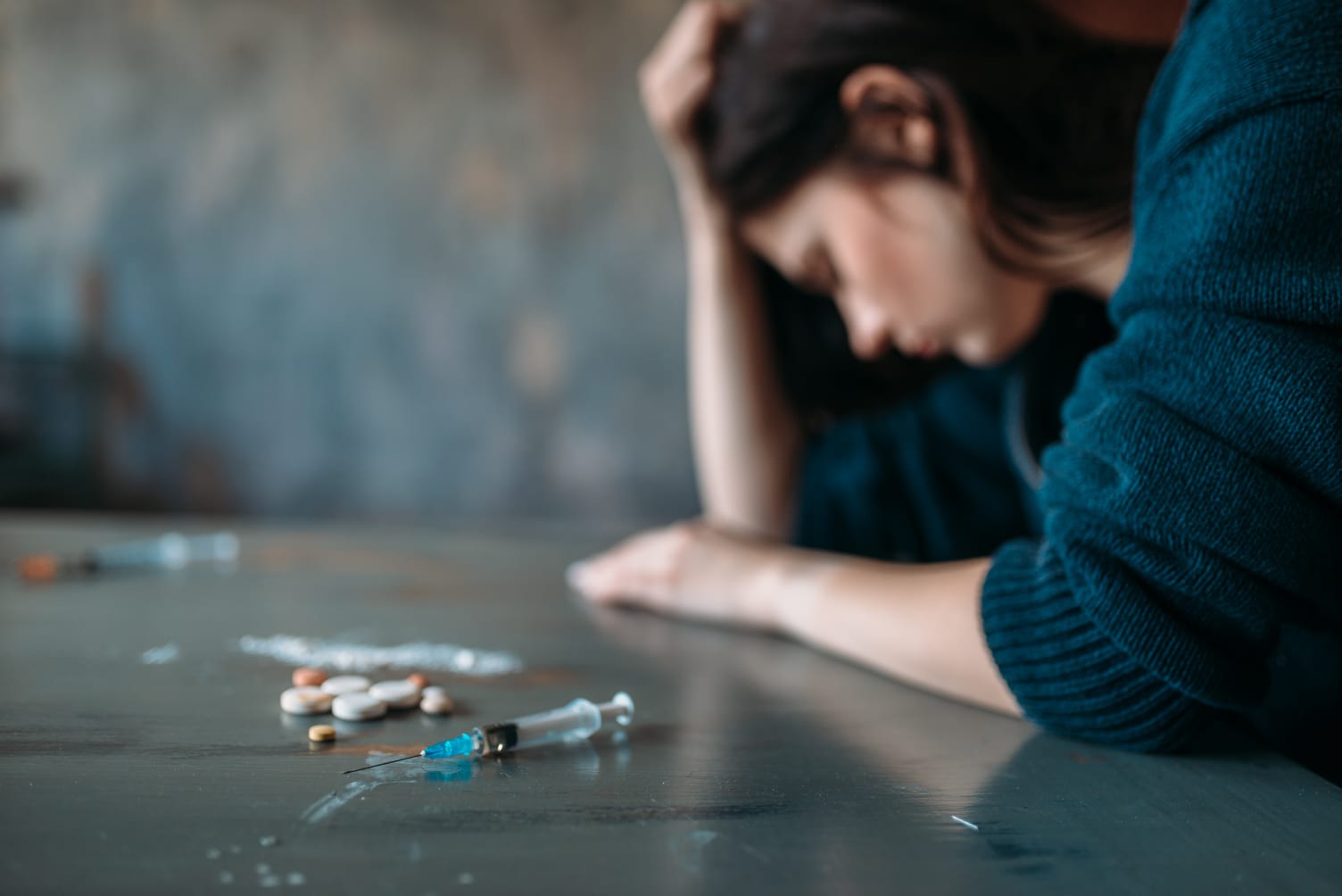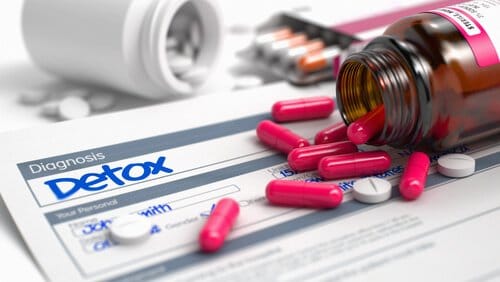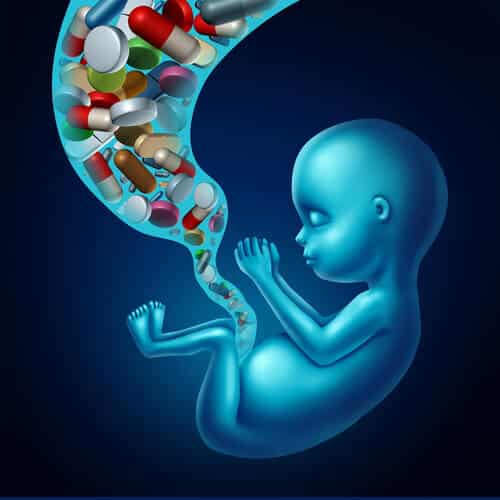Table of Contents
ToggleNitazenes: The Lethal Opioids No One Warned You About
Most people have heard of fentanyl. But nitazenes? They’re slipping through the cracks and taking lives in the process.
The New Name in an Old Crisis
Originally developed in the 1950s as synthetic opioids, nitazenes were never approved for medical use. However, today, they’re being manufactured illegally and sold on the streets, often without the users’ knowledge. These substances are part of a newer, hidden wave of synthetic opioids quietly intensifying the overdose crisis.
They come with pharmaceutical-sounding names, such as isotonitazene, metonitazene, and protonitazene. But don’t be fooled. These aren’t prescriptions; they’re often laced into counterfeit pills or street drugs like heroin, Xanax, or even Adderall.
Stronger, Smaller, Deadlier
Nitazenes are potent. Some forms are 10 to 20 times stronger than fentanyl, which is already 50 times more powerful than heroin. According to the American Chemical Society, it takes a shockingly small amount to cause overdose or death. The tiniest misstep in dosage can be fatal, and since nitazenes are often hidden in other substances, that misstep is easy to make.
The overdose risk isn’t just high; it’s stealthy.
Why You Haven’t Heard of Them (Yet)
Nitazenes are relatively new to the illicit drug scene, which means many toxicology screens don’t detect them. Emergency rooms may miss them. Autopsy reports may overlook them. And communities may never realize what’s causing the rise in fatal overdoses.
This gap in awareness and detection leaves families and health systems playing catch-up, and the crisis grows in the background.
How They’re Getting In
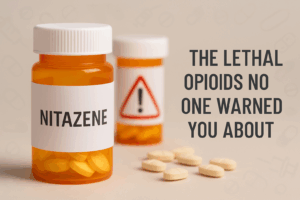
Many nitazenes are synthesized overseas and shipped through gray-market supply chains. They often show up in counterfeit pills, posing as oxycodone, hydrocodone, or even benzos. In some regions, law enforcement has found nitazenes in substances marketed as ecstasy or cocaine.
That means even casual or one-time use carries immense risk.
Who’s at Risk; And Why It’s Broader Than You Think
Nitazenes don’t just affect people with long-term opioid use. Teens experimenting with what they think is a party drug, adults managing anxiety, or anyone taking a pill not prescribed directly to them may be at risk.
Contamination is the silent thread weaving through this crisis.
Can They Be Detected and Treated?
Some specialized toxicology labs have begun to include nitazenes in their panels, but widespread detection remains limited. Naloxone (Narcan) can reverse nitazene overdoses, but multiple doses may be required due to the drug’s strength.
That makes early response and education even more crucial.
What Families and Communities Should Know
If someone you love is using non-prescribed medications or street drugs, it’s worth asking for specific testing in case of overdose. Local public health departments and poison control centers may have updates on nitazene-related incidents.
Stay informed. Stay connected. And if something doesn’t feel right, trust your gut and reach out for help.
If You’re Worried, You’re Right to Be
At the Center for Network Therapy, we’re seeing how fast this crisis is evolving. Nitazenes are one more reason we advocate for outpatient detox with close medical supervision and continuous education.
If you’re unsure about what someone you care about may have been exposed to, it’s okay to ask questions. We’re here to help you find answers.
📞 Call us at 732-484-9661
📝 Take our detox quiz to explore treatment options




